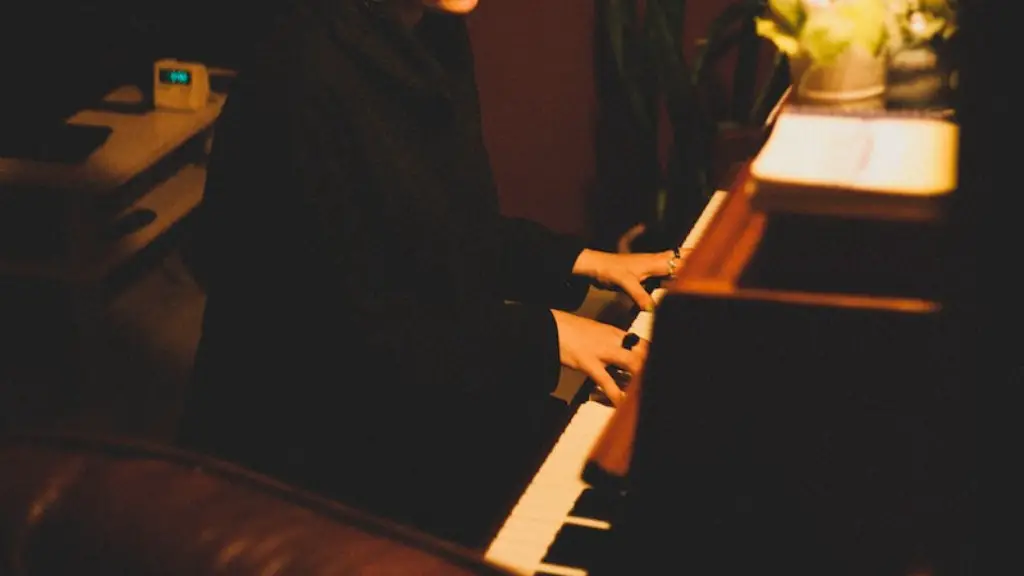Drawing a graceful rose with pencil can seem daunting, but it doesn’t have to be. With a few simple tips, you’ll be creating beautiful roses in no time. And once you start, you won’t be able to stop! So grab your favorite pencil and get ready to drop some petals!
One of the most important things to remember when drawing a rose is to start with the petals. Start off by sketching the outer petals first and then the inner. It’s best to draw them in overlapping layers, starting near the center and working your way out. The shape of each petal should look like an elongated teardrop. This will give your rose a soft, natural look.
Don’t forget to pay close attention to the details of each petal. To add a natural look, draw varying shades of the petals. This can be done by adding short, light pencil lines around the edges of each. You can also make the edges of some petals look slightly darker. Doing this gives the rose an extra touch of realism.
While drawing petals, keep in mind their direction. When one petal overlaps the other, it should follow the direction of the petal beneath it. If not, it can make the rose look off-balance or unruly.
Adding some leaves to the base of the rose can really make it stand out. Leaves should surround the stem in a half circle or ‘C’ shape. To create the leaf’s veins, draw short, light pencil lines. Don’t be afraid to add a few extra leaves to the stem – it puts the finishing touches on your rose.
Once you’ve created the stem and leaves, it’s time to give your rose its finishing touches. These are the little details that will make your rose truly realistic. Begin by drawing a small circle in the center of the bloom. This is the core of the rose and it will make the rose look more natural. Next, add a few stamens to the center of your rose. These are the round shapes that stick out from the center of the bloom. Lastly, add some shading around the outside petals and along the stem to give your rose added depth and texture.
That’s it – you’ve created a beautiful rose! Don’t be afraid to practice and draw multiple roses in different poses. Remember, the more you draw, the better you’ll get!
Now that you know the basics of drawing a rose with pencil, it’s time to perfect your technique. To start off, practice different kinds of shading. Try adding thicker shading to the outer petals and lighter shading near the center. This can give your roses a beautiful three-dimensional look. Then, experiment with drawing the petals in various sizes and overlapping layers. Finally, practice different leaf shapes and vein patterns. The more you practice, the more you’ll be able to create realistic and natural-looking roses.
Once you’ve practiced enough to draw believable roses, it’s time to move onto the more complex stuff. To add a realistic touch, try adding thorns and veins to your stems. For an extra challenge, try drawing a rose that has been damaged by the wind or rain. You’ll be amazed at how realistic it looks when you’re finished!
Beyond just drawing a single rose, you can also create abstract roses. If you’ve ever seen an abstract painting of a rose, you know how creative and beautiful they can be. Once you’ve mastered the basics of drawing a rose, experiment with abstract shapes and lines to create whimsical and abstract designs.
Drawing a realistic rose with pencil can be a daunting task but with enough practice, it’s entirely possible. Start by sketching the petals in overlapping layers, remembering to pay close attention to the details. Then, don’t forget to add a few extra leaves and stamens to the stem. Finally, perfect your technique by experimenting with different shading and leaf shapes. You’ll be able to create realistic roses in no time!

